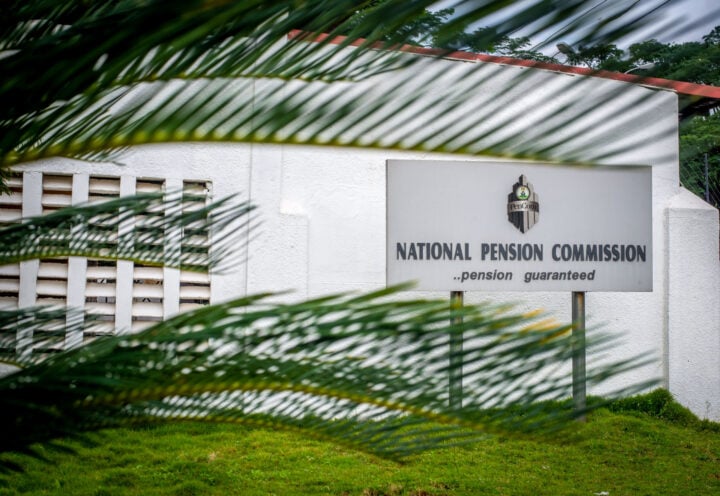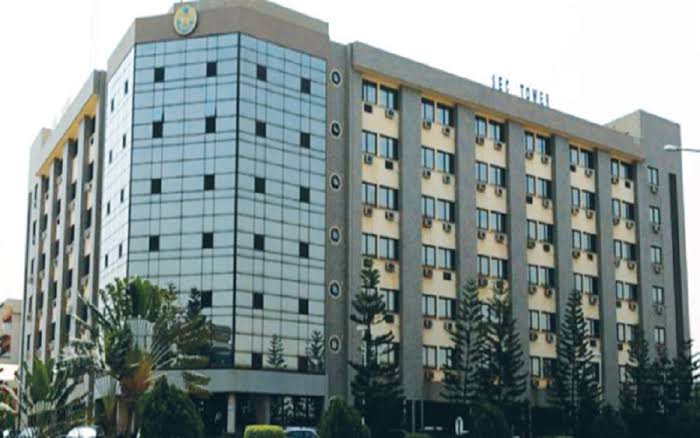As the Nigerian workforce continues its growth and transformation, the imperative of robust retirement planning becomes increasingly pronounced. For those enrolled in the contributory pension scheme (CPS), the key to a secure and rewarding retirement lies in making informed financial decisions sooner rather than later. This article seeks to empower workers with knowledge on navigating Nigeria’s CPS, ensuring not just a prosperous but a worry-free retirement in line with the Pension Reform Act of 2014.
The CPS was designed to offer a sustainable and efficient retirement savings framework for both public and private sector workers in Nigeria. Encouraging active participation from both employers and employees, this system ensures the accumulation of a substantial retirement fund for workers. Here are some essential steps to consider when preparing for retirement under the CPS:
UNDERSTAND THE CPS
Thoroughly understanding pension plans, including minimum contribution rates, voluntary contributions (VCs), the multi-fund structure utilised by pension fund administrators (PFAs), and returns on investments by PFAs, is crucial. Seeking clarifications from your PFA or the National Pension Commission (PenCom) can mitigate uncertainties and enable informed decisions about retirement savings.
Advertisement
Given the periodic reviews and updates by PenCom on pension regulations, workers must stay abreast of changes to enable them take advantage of new opportunities and ensure compliance that could impact their retirement savings. For instance, it is advised that RSA holders not registered on the enhanced contributor registration system (ECRS) should participate in the data recapture exercise (DRE) by their PFAs.
START EARLY, AND BENEFIT MORE
It is the responsibility of the employee, on whose behalf pension contributions are made, to open a retirement savings account (RSA) with any pension fund administrator (PFA) of their choice as soon as they start earning a salary or income. Only after opening an RSA will the employee receive a unique, RSA personal identification number (PIN), which is then used to remit monthly contributions to the PFA. Therefore, without an RSA, the employer cannot remit monthly pension contributions for the employee.
Advertisement
If the employee fails to open an RSA within six months of starting employment, the employer is obliged to open a nominal RSA for the employee with any PFA for the purpose of remitting the employee’s monthly contributions. Any delay in remitting pension contributions is likely to affect the expected return on the investment of the pension contributions due to the employee.
Workers in the informal sector, who are not covered under the mandatory CPS, are advised to enrol in the micro pension plan (MPP) to benefit from compounded returns on investment. Early enrolment in the CPS allows for the compounding of interest on pension savings over time, even with modest monthly contributions, resulting in a substantial savings for retirement.
DETERMINE RETIREMENT GOALS
Depending on retirement goals, an employee may choose to make voluntary contributions alongside the mandatory contributions remitted by the employer. The PRA 2014 permits additional contributions beyond the 8% minimum contribution from the employee’s emolument. This allows workers to tailor their savings towards a more robust pension. Employers are also allowed to contribute more on behalf of their employees beyond the statutory minimum of 10%.
Advertisement
An employee may also elect to make additional voluntary contribution (AVC), from the salary into the RSA to boost pension savings. To make AVC, all you need to do is inform your employer to make the necessary deductions from your monthly salary.
For employers with high retirement goals for their employees, the PRA 2014 allows them to establish additional benefits schemes (ABS), through which they can provide enhanced retirement benefits, including gratuity payments, to their employees. This means that employers have the flexibility to offer additional severance benefits beyond the mandatory retirement benefits stipulated, depending on the terms of employment, affordability, and collective bargaining.
Furthermore, employees have the right to choose where their pension fund should be invested. An employee, who is below 50 years may choose to move from the default Fund II to an aggressive Fund I to boost their RSA balance. Also, depending on risk appetite, contributors who are 50 years and above in Fund III are allowed to move to Fund II by making a formal request to the PFA if they wish to boost their RSA balance because of high return on investment.
UNDERSTAND MODES OF WITHDRAWALS
Advertisement
For a rewarding retirement, it is important that pension contributors understand the two modes of accessing retirement benefits under the CPS. At retirement, an employee has the option to select either programmed withdrawal from a PFA or retiree life annuity (RLA) from a life assurance company. In both options, a lump sum payment is allowed to be accessed by the retiree. It is imperative that workers understand the features of the payment modes before choosing anyone.
In conclusion, preparing for retirement under the CPS demands proactivity, financial literacy, and discipline. Embracing these principles will not only benefit individuals but also contribute to a more resilient and financially robust Nigerian society.
Advertisement
Based on information from the National Pension Commission (PenCom).
Advertisement
Add a comment







